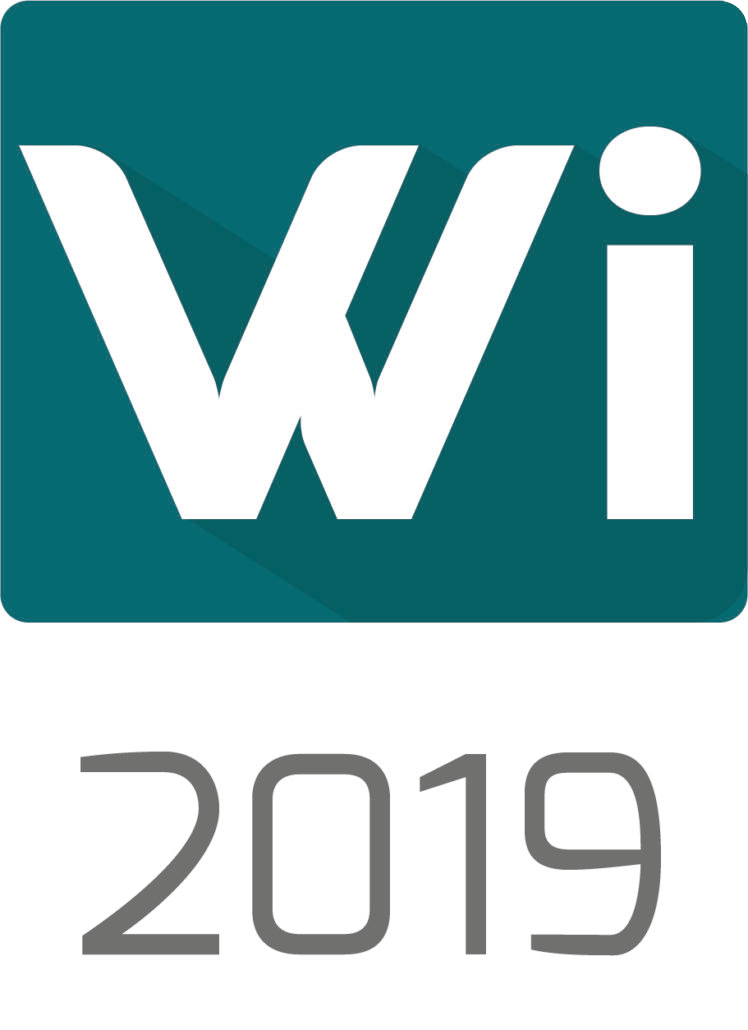Description
Digital learning has become more than just a trend in the modern world. Blended learning concepts are well established in different areas of application. An important concept in this domain is the so-called flipped classroom. This approach repurposes class time to focus on application and discussion, while the acquisition of basic knowledge will happen at home, enabled by online lectures. In the past, research demonstrated and discussed the advantages of flipped classroom concepts within case studies. Still, standardized guidelines for the development of flipped classrooms are rare. However, it is necessary to learn from the past to improve future education. Thus, we analyzed reviews on flipped classroom research and used these to develop a generic process model for the realization of flipped classroom concepts. The model is based on phases taken from project management, which help to structure the procedure and associated tasks.
Designing a Flipped Classroom Course – a Process Model
Digital learning has become more than just a trend in the modern world. Blended learning concepts are well established in different areas of application. An important concept in this domain is the so-called flipped classroom. This approach repurposes class time to focus on application and discussion, while the acquisition of basic knowledge will happen at home, enabled by online lectures. In the past, research demonstrated and discussed the advantages of flipped classroom concepts within case studies. Still, standardized guidelines for the development of flipped classrooms are rare. However, it is necessary to learn from the past to improve future education. Thus, we analyzed reviews on flipped classroom research and used these to develop a generic process model for the realization of flipped classroom concepts. The model is based on phases taken from project management, which help to structure the procedure and associated tasks.


